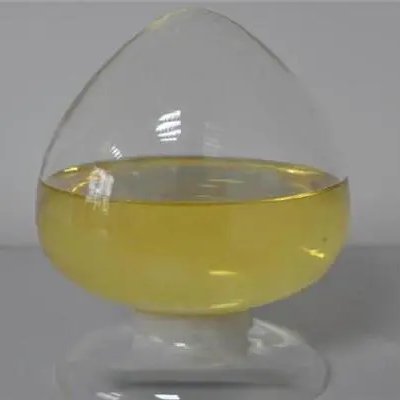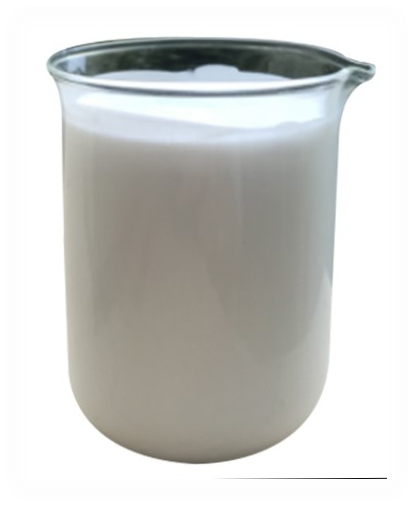**The Boozy Truth: Can Your Cocktail Really Cut Through Grease?**
(Is Alcohol A Surfactant)
We see alcohol everywhere. It cleans wounds, powers cars, and fuels our parties. Pour some vodka on a countertop, it spreads out fast. This makes you wonder: is alcohol secretly a cleaning superhero like soap? Is alcohol a surfactant? The answer is trickier than a dry martini. Let’s dive into the science behind the suds.
**1. What Makes Something a Surfactant?**
Surfactant is a fancy word. It means “surface-active agent.” Think of it as a molecule with split personalities. One end loves water (hydrophilic). The other end hates water and loves grease or oil (hydrophobic). This split is crucial.
When surfactants hit water, they get busy. The water-hating parts try to escape the water. They stick to any grease or dirt they find. The water-loving parts stay facing the water. This action forms little structures called micelles. Dirt gets trapped inside these micelles. Water then rinses the trapped dirt away. This is how soap cleans your dishes.
True surfactants lower water’s surface tension a lot. Surface tension is why water beads up. Surfactants make water spread out and wet surfaces better. They also create foam or suds in many cases. Soap, shampoo, and laundry detergent are classic surfactants.
**2. Why Alcohol Isn’t a True Surfactant**
Alcohol molecules, like ethanol or isopropyl alcohol (IPA), are much simpler. They have a small water-loving part (the OH group). They also have a water-avoiding part (the carbon chain). This sounds similar to a surfactant. But there’s a key difference.
Alcohol molecules are too small and too weak in their split feelings. They don’t form stable micelles. Alcohol can lower water’s surface tension a bit. It does make water spread out faster. This is why alcohol wipes clean surfaces quickly. But it doesn’t act like a proper surfactant.
Alcohol doesn’t emulsify oil and water effectively long-term. Shake oil and water with soap, you get a stable milky mixture. Shake oil and water with just alcohol, they separate quickly again. Alcohol lacks the power to truly surround and trap grease the way soap does. It dissolves some things, but it doesn’t lift and suspend dirt like a surfactant.
**3. How Alcohol Mimics Surfactant Behavior**
So why does alcohol *seem* like it cleans? It has other tricks. Alcohol is a powerful solvent. It dissolves many things surfactants struggle with, like resins, inks, or certain sticky residues. It kills germs effectively. This solvent power is its main cleaning strength.
Alcohol also evaporates incredibly fast. This leaves no residue behind. It’s great for cleaning glass or electronics where streaks are bad. The slight lowering of surface tension helps it spread quickly over a surface. It can penetrate cracks fast. This helps it dissolve grime on contact.
You might see alcohol cut through light grease on a counter. This happens because it dissolves the grease temporarily. But rinse with water, the grease can redeposit. A true surfactant lifts the grease away for good rinsing. Alcohol is more like a quick-dissolving agent, not a true dirt-lifter.
**4. Real-World Applications: Where Alcohol Shines**
Knowing alcohol isn’t a surfactant helps us use it best. Its strengths lie elsewhere:
* **Disinfection:** Isopropyl alcohol (70-90%) is a top germ killer. Hospitals and homes rely on it. It disrupts bacterial and viral cell walls/membranes. This solvent action destroys them.
* **Electronics Cleaning:** Fast evaporation and no residue make IPA perfect for cleaning circuit boards, contacts, and screens. Water or soap could cause shorts or damage.
* **Spot Cleaning & Degreasing (Light Duty):** Alcohol tackles fresh grease spots, adhesive residues (like sticker goo), ink stains, or sap. It dissolves them quickly. Wipe it away before it evaporates. Heavy, baked-on grease needs real soap.
* **Glass and Mirror Cleaner:** Mixed with water and vinegar, alcohol makes excellent streak-free glass cleaner. It dissolves oily fingerprints and evaporates fast.
* **Fuel Additive:** Ethanol is added to gasoline. It helps oxygenate the fuel for cleaner burning. It also prevents fuel line freezing in cold weather.
* **Hand Sanitizer:** The main active ingredient in most gels is alcohol (ethanol or IPA). It rapidly kills surface germs when soap and water aren’t handy.
**5. FAQs: Clearing Up the Alcohol-Surfactant Confusion**
* **Q: Alcohol makes water wet surfaces better. Isn’t that surfactant action?** A: Partly. Alcohol lowers surface tension *some*. This helps spreading. But it doesn’t form micelles or emulsify oils like a true surfactant. It’s a weak surface activity, not the full package.
* **Q: Can I use vodka instead of soap to wash dishes?** A: Bad idea. Vodka (ethanol) might dissolve some grease initially. But it won’t lift it off the plate or suspend it for rinsing. You’ll likely end up with greasy plates and wasted vodka. Use real dish soap.
* **Q: Why do some cleaners have both alcohol AND surfactants?** A: This is a powerful combo! The surfactant lifts and suspends dirt and grease. The alcohol acts as a potent solvent for tough stains, boosts drying speed, and adds disinfecting power. They cover more cleaning challenges together.
* **Q: Is rubbing alcohol (IPA) a better surfactant than drinking alcohol?** A: Neither is a proper surfactant. IPA is a stronger solvent than ethanol. This makes it better at dissolving oils and greases. But it still doesn’t function like soap. It dissolves, not emulsifies and rinses.
(Is Alcohol A Surfactant)
* **Q: Does alcohol kill germs by acting like a surfactant?** A: No. Germ killing is about alcohol’s solvent power. It dissolves the lipids (fats) in bacterial cell membranes and viral envelopes. This destroys their structure. It’s chemistry, not surfactant physics.
Inquiry us
if you want to want to know more, please feel free to contact us.




